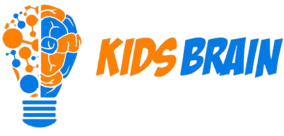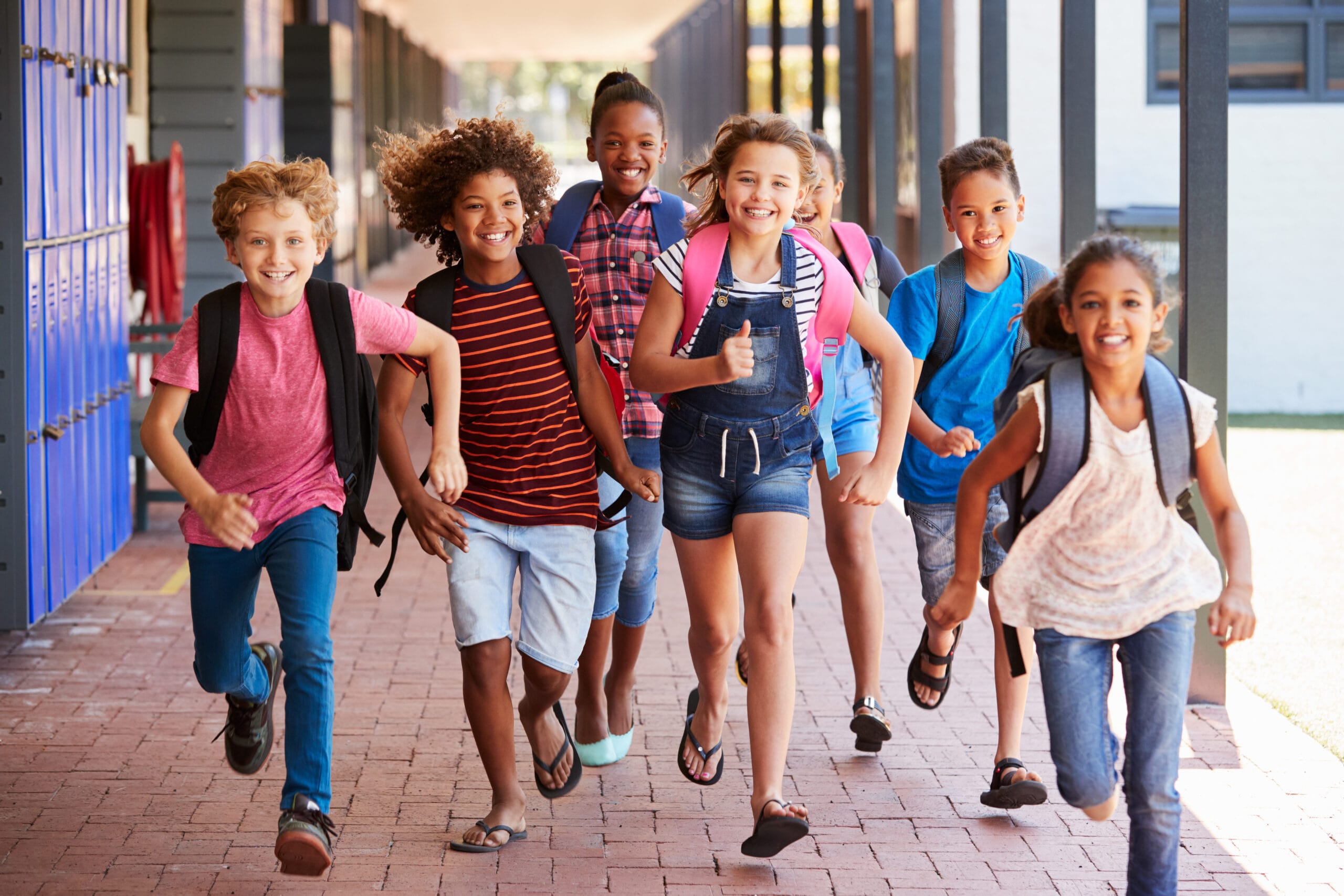by Dr. Katy Caldwell
One of the most important things we can teach our kids is how to view their mistakes or failure as a necessary part of growth and success. This can be challenging for many kids, particularly those with anxiety, learning differences, attention difficulties, or any kids who struggle in a more traditional learning environment. Some children internalize their mistakes and start to believe they are not as intelligent/worthy/capable as other children. This can lead them down a difficult path as they start to lose motivation, have negative feelings about school or their teachers, and avoid things that challenge them altogether. Here is where the concept of growth mindset comes in…
After studying children in an educational setting for many years, Carol Dweck coined the term “fixed mindset” and “growth mindset” to describe two different approaches to understanding the process of learning and intelligence. Here are the terms defined: “In a fixed mindset, people believe their basic qualities, like their intelligence or talent, are simply fixed traits. They spend their time documenting their intelligence or talent instead of developing them. They also believe that talent alone creates success—without effort” (Dweck, 2015). “In a growth mindset, people believe that their most basic abilities can be developed through dedication and hard work—brains and talent are just the starting point. This view creates a love of learning and a resilience that is essential for great accomplishment” (Dweck, 2015). Dweck noticed that some children were able to bounce back and persevere after failures, while others struggled to cope with minor setbacks. The major difference between how children handled their failure appeared to be their beliefs about their intelligence or skillsets.
Now, here is where parents, educators, and other important adults come in. It is our job to foster resilience by building children up through our words and actions (this is especially important because a large part of a child’s internal dialogue develops as a result of his/her experiences and interactions with others), creating a growth-friendly learning environment, and modeling how to handle setbacks. Here are suggested books and activities for teaching growth mindset to children.
Books for Children
Your Fantastic Elastic Brain: Stretch It, Shape It by JoAnn Deak Ph.D. and Sarah Ackerley
I Can’t Do That, YET: Growth Mindset by Esther Pia Cordova and Maima W Adiputri
I Can Do Hard Things: Mindful Affirmations for Kids by Gabi Garcia and Charity Russell
My Strong Mind: A Story About Developing Mental Strength (Positive Mindset series) by Niels van Hove
Mistakes that Worked: 40 Familiar Inventions & How They Came to Be by Charlotte Foltz Jones and John O’Brien
The Dot by Peter H. Reynolds
Giraffes Can’t Dance by Giles Andreae
The Most Magnificent Thing by Ashley Spires
Beautiful Oops! By Barney Saltzberg
Whistle for Willie by Ezra Jack Keats
Sky Color by Peter H. Reynolds
Rosie Revere, Engineer by Andrea Beaty
Activities and More
https://biglifejournal.com/blogs/blog/teach-growth-mindset-kids-activities





